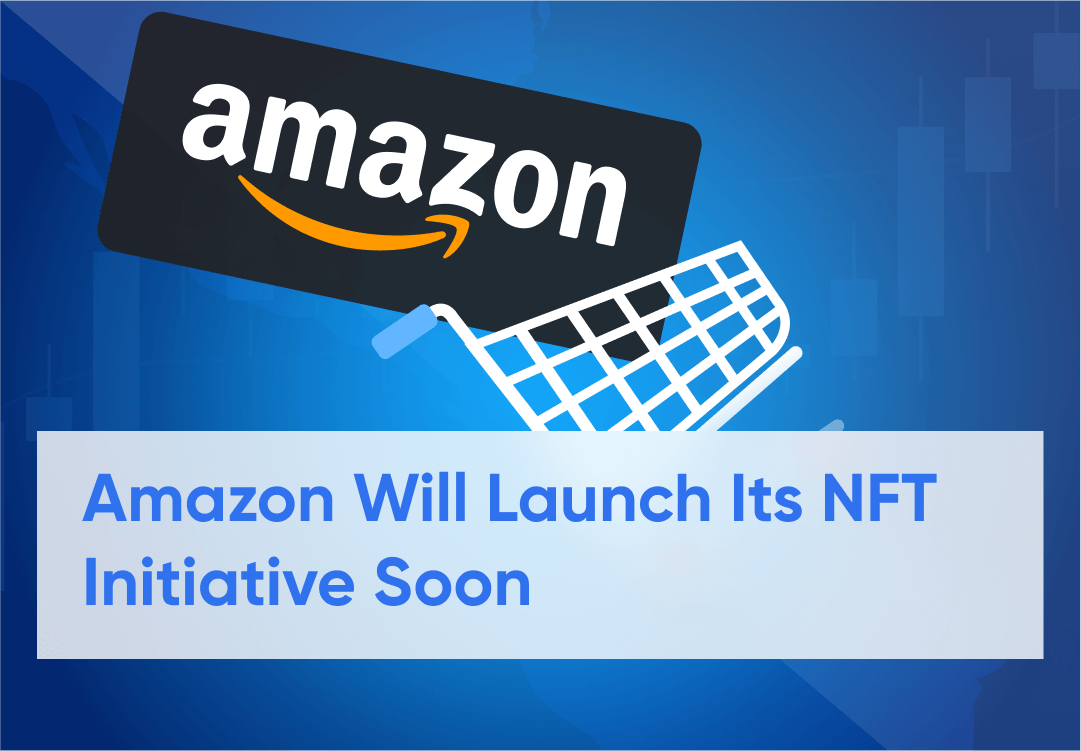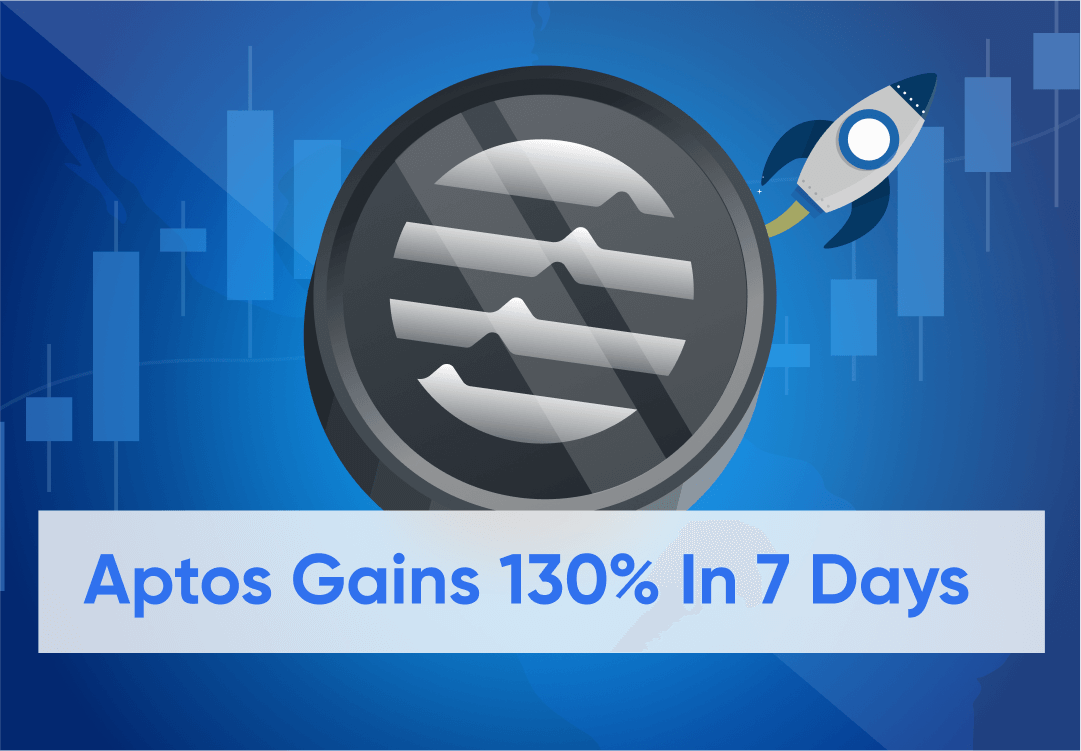As we approach the final Fed meeting of the year, what kind of guidance should investors look out for that could help in their investment decisions next year? We list down six main areas an investor can zoom in on after the Fed meeting so as to not get overwhelmed by the sheer amount of information that would be coming in and focus on what is important.
The CPI Number on Tuesday is Crucial Data
While a 50-bps point hike has been baked in by the market, some economists have argued that the far stronger than expected November jobs report has increased the possibility of a 75-bps rate hike.
Furthermore, the risk of the Fed hiking more than 50-bps could increase if the CPI report that is to be released on Tuesday, just one day ahead of the Fed’s interest rate decision, comes in way hotter than expectations. The markets do not seem to be pricing in this risk as stocks have largely risen higher since the last Fed meeting.
Slowing Pace of Rate Hikes
The next important thing that investors need to watch for is the wording in the press release that comes out at 2pm EST, and also the post meeting press conference given by Fed Chairman Powell to the media - both the press statement and the Chairman will need to reiterate their intention of slowing the pace of rate hikes going forward. If neither mediums mention this intention, markets could interpret it as a hawkish turn again and the sell off could be drastic since the markets have since the past month been trading as though a slowdown of rate hikes is a done deal.
Talk About More Hikes to Come
After witnessing how resilient the stock market has been, and with the recent jobs data showing that the labor market is still strong, the one thing that the Fed will not want, is to sound dovish and incite another stock market rally to overvalued proportions.
This means that Powell and the Fed will need to highlight again that rates need to go higher even as they tone down the magnitude of the December hike (assuming they do hike just 50-bps) and future rate hikes. In fact, there is a risk that Powell could talk up the possibility of larger hikes to continue should the CPI number released on Tuesday is hotter than expected, hence, we are not exactly out of the woods yet in terms of the pace of rate increases. However, experts generally expect the Fed to tone down their hawkish tone to one that is dovish, yet gives the Fed flexibility to act later on without spooking the markets.
Economists agree that the Fed will retain a key phrase from the November statement that they expected “ongoing increases” in the benchmark interest rate, or, according to Ellen Zentner, chief US economist at Morgan Stanley, the Fed might change the wording to “some further increase in the benchmark rate will be appropriate” in order to give the Fed more room to maneuver.
Avery Shenfeld, chief economist of CIBC World Markets, thinks that it is too early for the Fed to soften the wording. He said in an interview last Friday, “When you still have another 50 basis points to go that you’re pretty sure you’re going to do and you might have to do more than that, you’re not going to change the wording.” That said, Shenfeld is still in the dovish camp and thinks the Fed can stop hiking at 5% and hold until 2024. We are currently at 4% and a 50-bps hike this Wednesday will bring fed fund rates to 4.5%.
How High Rates Could Go and For How Long Will They Stay
To predict how high terminal fed funds rate will go, we usually look at the Fed’s “dot plot”, which is a chart that records each Fed official's projection for the central bank's key short-term interest rate. In the last dot plot in September, the Fed forecast that the top end of its benchmark rate would be at 4.75%, but Powell has said subsequently that this will need to be raised.
According to Groen of TD Securities, the Fed’s new dot plot will push the terminal rate up, but only slightly to 5%. “In order to move the median higher, there has to be a really big move in the distribution of the dots,” Groen said. “The key for markets is how many Fed officials pencil in their dot above 5%. In September, no Fed officials projected the terminal rate above 5%.”
Some economists however, are slightly more hawkish, anticipating that the Fed might push up the high end of the terminal range to 5.25%. Hence, what Powell or the press statement says about the terminal rate range would be one key information that investors will not want to miss out upon as that could determine how much more hikes are on the way - a higher than expected number will not be positive for the markets, and the market consensus is for the terminal rate to not go beyond 5%.
Magnitude of Economic Slowdown
In order to not sound too dovish, many economists said that the Fed will also need to project no rate cuts in 2023. This is one comment that investors will need to look for as well - if it is missing, it is a sign that the Fed could be worried about the economy. Thus far, while the Fed has signalled that some pain could come to the economy due to the effects of higher rates, they are not showing any sign of concern yet.
In a note to their clients, the team of economists at Bank of America that they expect GDP growth from 2023-2025 to be revised lower, but that inflation will also be revised lower. However, the team expects the unemployment rate to be revised higher as a laggard impact of higher rates from next year.
In September, the Fed projected the unemployment rate to rise to a high of 4.4% in 2023 before slowly retreating. The unemployment rate in November was 3.7%. Bank of America expects this number to be revised higher sometime next year, and for the economy to plunge into a recession, quite similarly as the rest of the market.
While the Fed is still expecting to see a soft landing, the markets appear to be pricing in a deep recession such that the Fed will need to come to the rescue by cutting rates next year, which has been the playbook for the rally in risk assets in the last quarter of the year. The US dollar has plunged to its biggest monthly drop since 2009 on the back of expectations of a Fed easing in 2023. Should this not materialise, the deleveraging in the markets could be sharp, while the US dollar could storm higher again in time. Thus, how the Fed sees the possibility of easing and how hawkish they would be in 2023 could determine where the US dollar and risk assets could go.
Krishna Guha, vice chairman of Evercore ISI, thinks that one way to measure Powell’s hawkishness is how he talks about the risk of overtightening. Saying in a note to clients last week, ”At his press conference in November, Powell said that if the Fed were to overtighten, they could use their tools to support the economy. Then markets took a dovish signal from Powell’s comment two weeks ago in Washington that the central bank didn’t want to overtighten.” With that, Guha highlights how the keyword “overtighen” will be used by Powell to be a major signal that could provide the market with clues as to how hawkish the Fed is going to be in 2023.
With the above key points to take note of when deciphering through the Fed meeting information barrage, we hope that our readers will be able to quickly gather the important takeaways to help them make better investment decisions that could put them ahead of others in the coming year. However, the above article is for informative purposes only and should not be taken as the official view of the Margex platform. They are also not financial advice and should not be construed as a solicitation to trade. Readers are strongly encouraged to do your own research, conduct due diligence, and assess your financial abilities before doing any investment or trading as these activities carry risks. Should you be in doubt, kindly speak with your personal financial advisor.





